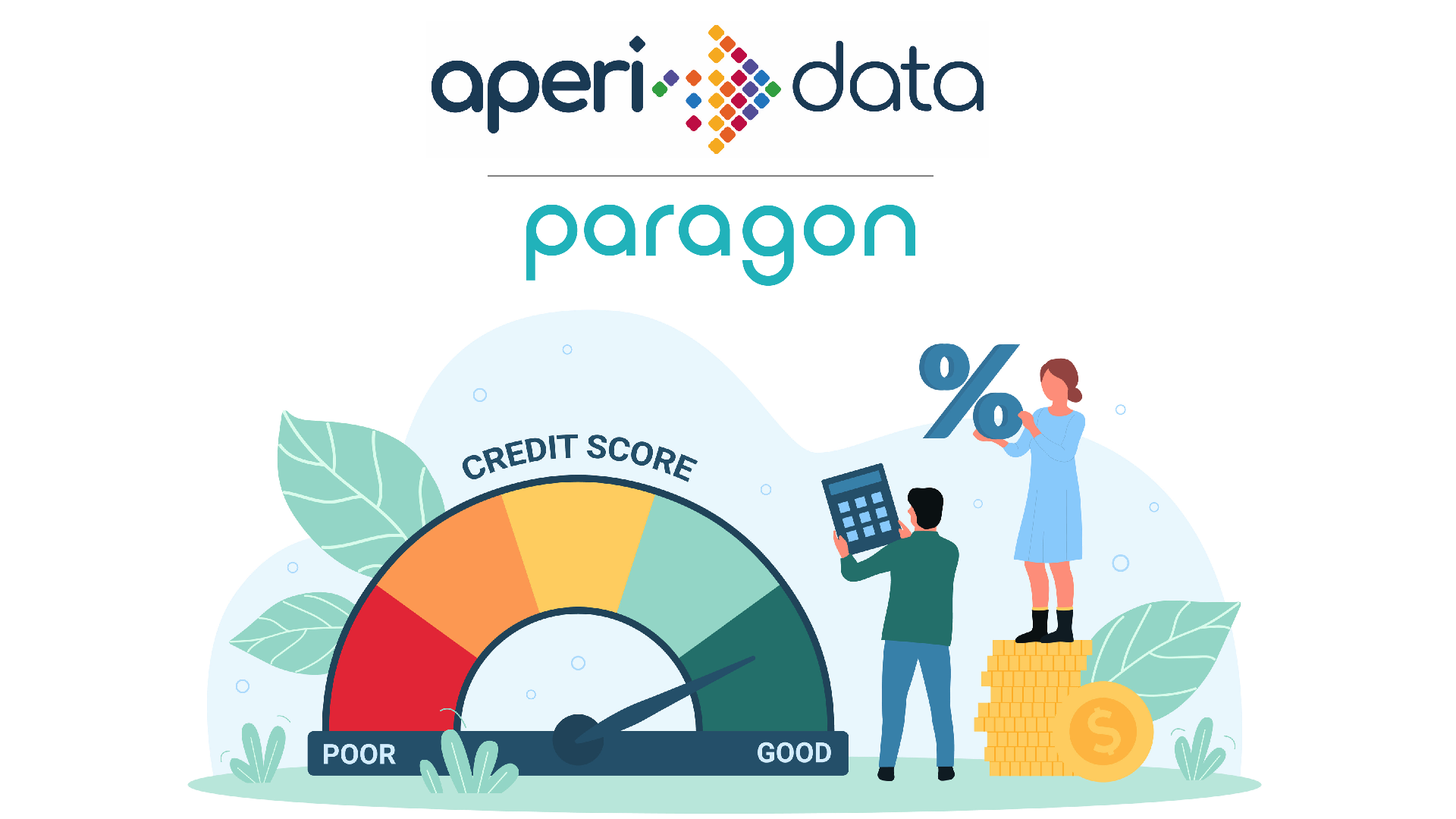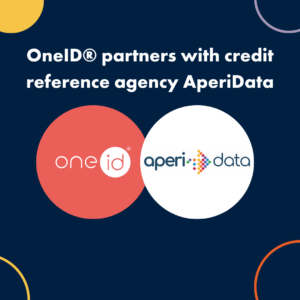Introduction
In the world of lending, there’s a notable shift happening in both consumer needs (greater need for credit, evolving working practices such as gig working) and most relevantly to lenders with the introduction of Open Banking data. It’s changing how lenders evaluate both creditworthiness and affordability, providing a more detailed view of a person’s financial habits as well as opportunities to remove friction and automate decisioning. In this article, we’ll explore the practical aspects and real-life examples of how Open Banking is reshaping credit scoring.
Credit scoring is well established as a method for evaluating the credit risk of individuals and businesses. Typically a credit score will have a direct relationship with the expected likelihood of good or bad repayment behaviour. For example, a score of 200 might mean a predicted default rate of 5% whereas a score of 100 might map to a 20% expected default rate, depending on how the score is scaled and calibrated. This quantification of credit risk is extremely valuable to lenders to set cut-offs to control and forecast bad debt as well as being a key enabler of decision automation.
These predictive models have tended to rely on three types of data.
Information about the applicant/customer (demographic)
Internal bank relationship/behavioural data (other accounts held, balances, missed payments etc.)
External credit bureau data (electoral roll/KYC, other borrowing, payment history, public information etc.)
Understanding Open Banking’s Impact
Open Banking data is a collection of real-time financial information from current, savings and credit card accounts that individuals and SMEs share with consent. Unlike the traditional credit scoring factors such as demographics, this data offers a more current and comprehensive look at how people and small businesses manage their money. It is the digital equivalent of sharing their last 12 (or more) months of paper bank statements. This data is reshaping how lenders understand affordability and creditworthiness. Beyond the basics of demographic data, this shift offers a more detailed view of an individual’s financial behavior, enhancing accuracy, consistency and pertinently given the Consumer Duty obligations on lenders – fairness.
Instead of relying solely on potentially outdated data contained in credit reports, a lender can now see an applicant’s most recent transactions and understand their spending habits. For example, if an applicant regularly pay bills on time or if there are irregularities in their spending such as returned direct debits, Open Banking data gives lenders a more detailed picture than traditional credit bureau.
This data provides the understanding and insight to enable all lenders to treat an applicant as if they are an ‘existing customer’.
Banks that hold the key current account relationship with an applicant have long held an advantage with relation to knowing more about that applicant without having to ask them to share that information. Many of the large UK banks have built powerful behaviour risk scorecards on their existing customers utilizing the Current Account behavioural data they alone have access to. For ease of use and scoring this data has often been at the monthly summary level, primarily focusing on credits, debits, balances, credit lines, excess events, etc. Even at this relatively coarse level the current account data has proven to be the most powerful data across the typical banking products for customer behavioural risk scores. Now this data is open for all lenders to use (subject to the account holder’s consent) and levelling the playing field for lenders trying to attract new customers.
Utilising the open banking data which can be enhanced through accurate transaction categorization and insightful feature generation can greatly swing the benefits in favour of lenders using this data, due to it’s richness, granularity and always being completely up to date.
Key Benefits of Open Banking Data
Real-Time Precision: Open Banking data provides a more up to date view compared to traditional credit bureau information, offering lenders a more accurate, real-time snapshot of an applicant’s financial status.
Transaction Insight: Categorised transaction data unveils intricate details about an individual’s financial management, enhancing lenders’ understanding of spending habits and financial health.
Long-Term Analysis: Examining transaction history spanning up to 48 months of data allows lenders to assess stability, resilience, and risk comprehensively, surpassing the insights provided by conventional scoring models.
Consistency Across Demographics: Unlike credit bureau data, Open Banking data demonstrates more consistent coverage across various customer populations, eliminating limitations for those with thin credit files, gig workers or new to credit.
Decisions for Lenders
Lenders adopting Open Banking data face some practical decisions:
Data Cleanup: Ensuring data accuracy, especially with inter-account transfers, is crucial for meaningful and consistent insights across consumers.
Integration Choices: Lenders must decide whether to employ Open Banking data as a standalone scoring model or integrate it as an additional data source within existing models.
Algorithm Selection: Choosing between machine learning and traditional algorithms may affect how well the model predicts credit risk, and also how explainable the score output is.
Making It Work: Deciding how to seamlessly integrate the credit score derived from Open Banking data into their overall decision-making process.
Creating Predictors from Open Banking Transactions
Transforming raw Open Banking data into practical predictors involves some key steps:
Categorisation and Aggregation: Grouping transactions by categories, like housing, groceries, entertainment or even gambling and summarising into e.g. essential and discretionary expenditure over time provides a clearer understanding of spending habits.
Frequency Analysis: Examining how often transactions occur within specific time frames reveals spending patterns.
Amounts and Ratios: Looking at average, minimum, maximum transaction amounts and balances, and using ratios helps in understanding spending proportions. A consistent monthly balance suggests stability, while large variances may indicate irregular income.
Cash Flow Examination: Studying inflows and outflows provides a snapshot of financial stability, income, expenditure and liabilities. For instance, income sources other than salary can be identified, regular savings may indicate financial discipline.
Behavioural Insights: Analysing the speed, regularity, and irregularities in spending, along with payment methods used, gives lenders a deeper insight into financial behaviors. For instance, reliance on credit cards may indicate a different risk profile than cash users.
Novel bespoke Risk Indicators: Using Open Banking data allows the creation of new bespoke indicators that can be fed into both decisioning and broader historical portfolio analysis.
Conclusion
As credit scoring evolves, Open Banking data offers a chance for lenders to rethink their methods. This exploration of practical aspects emphasizes precision, inclusivity, and strategic advantage. By using the intelligence and insights provided by Open Banking, institutions can enhance accuracy and fairness in credit assessment, leading to a more comprehensive understanding of individual financial behaviours and better outcomes for lenders and consumers alike.
AperiData are an FCA authorised Open Banking Provider and Credit Reference agency. We provide our clients with access to fully categorised and aggregated UK Open Banking data, including our bespoke risk indicators and consumer insights via APIs, enabling full integration with decision engines and customer management solutions as well as an end-user facing Credit Console product. We are able to consult on best practice for Open Banking and risk platform integration based on our deep sectoral knowledge.
To find out more, arrange a demonstration or further discussion please contact us via https://www.aperidata.com
Paragon offer industry-leading tools for the development and the deployment of credit scoring models and decisions. Modeller easily consumes Aperidata Open Banking data to develop powerful predictive scorecards and models using a variety of algorithms, and these scorecards and models are seamlessly deployed and operationalised using Paragon’s Paris decision engine in combination with Aperidata’s data connections.
To learn more about how Paragon and Aperidata can improve your credit scoring and decisions please get in touch via https://www.credit-scoring.co.uk/contact




